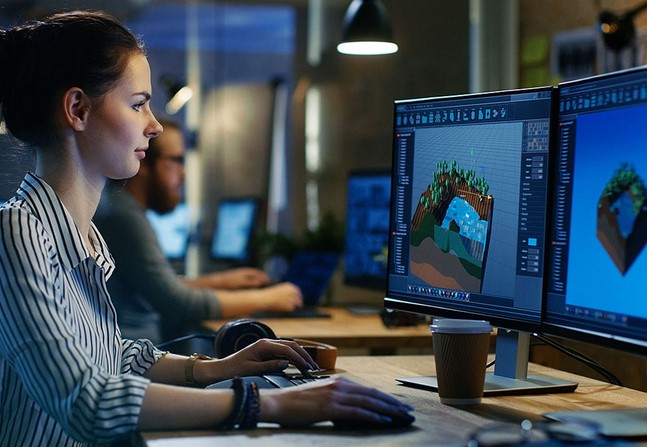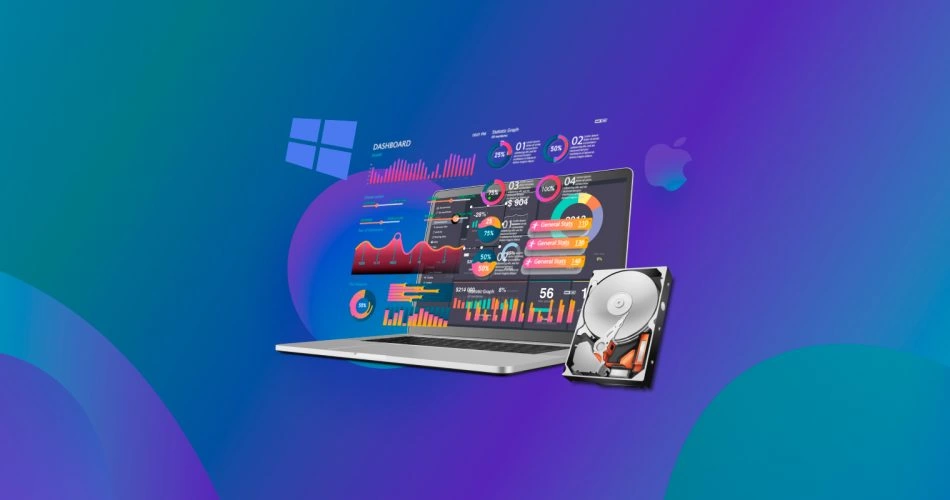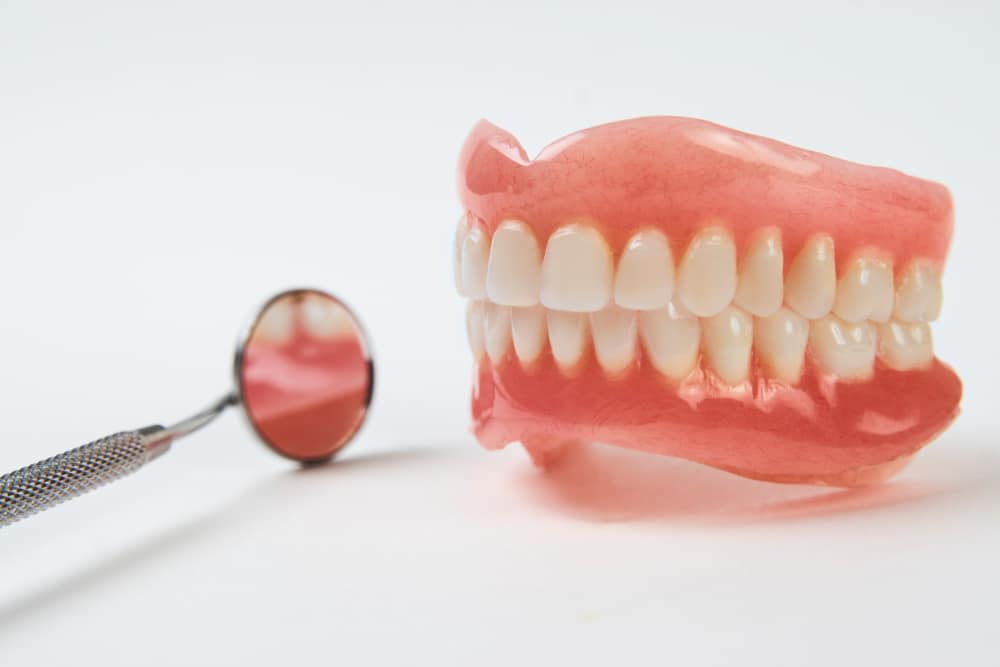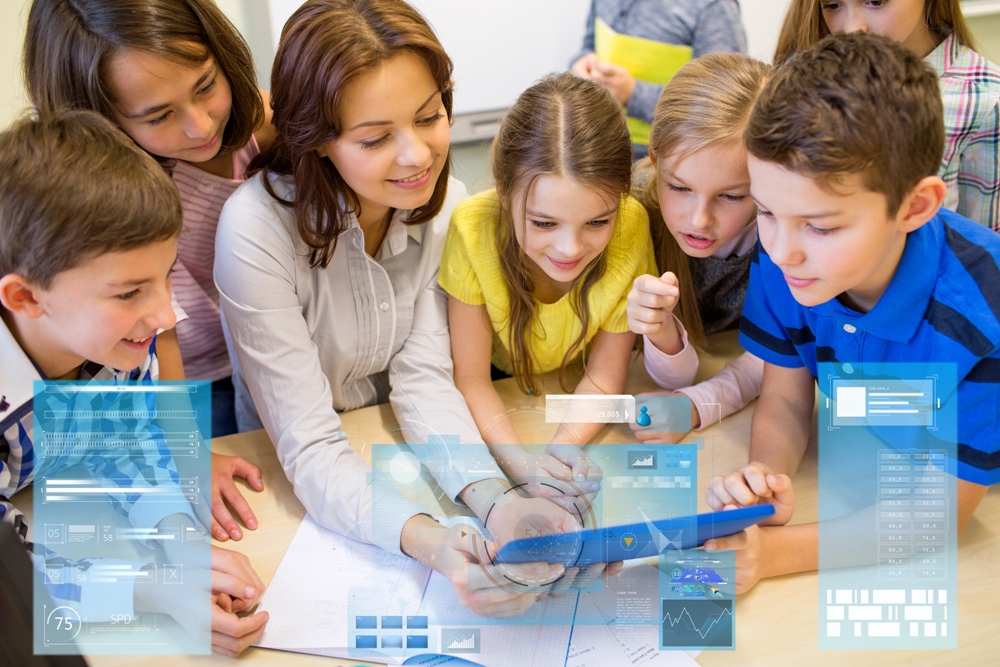3D modeling and graphics have seeped through many professions and sectors nowadays – they are vital to many parts of our economy, and professional agencies that work in this field like mimeeq.com are seeing tremendous success. But if you’re not into tech and don’t keep up with business news, you might’ve not noticed it. That’s why we decided to create an article where we compile a list of the primary professions that rely on 3D modeling to work.
#1 Real Estate Development
Real estate is one of our economy’s primary sectors, and it is starting to rely on 3D modeling heavily. Wherever you go into an architect’s office nowadays and ask about any construction, you’ll meet with a 3D model of a house the architect can mold into your dream home. It has made development much more precise and understandable by the laymen. Previously, architects could only work with rough sketches and blueprints, and the homeowner didn’t know what he was getting until the building finishes. Nowadays, though, you can see the finished building before a single brick is laid down.
It is even more important for apartment buildings and skyscrapers. It is challenging to lay down all the details on paper. Specialized 3D modeling software is almost exclusively used to enter the parameters, materials and calculate the larger projects’ feasibility. Without 3D modeling, a lot of new buildings wouldn’t have even been possible.

#2 Manufacturing
Do you know how much money it costs to create a simple prototype of a new device? Because it doesn’t have an established development process and the economies of scale haven’t kicked in, a prototype costs more than 10 grand in almost all cases. When developing a new product, you might need tens of prototypes before you finalize the new product’s design and functionality. The costs add up and make the development of new products unfeasible in a lot of cases.
It is all if you don’t use 3D models to help build prototypes and test your ideas. With them, you’ll be able to see how many parts of your product come together, if laws of physics allow your model to be built, and how the final product will look. It cuts down on prototyping immensely — you’ll be able to get a product into production with only three instead of the ten prototypes built previously. It cuts down on initial costs and encourages entrepreneurship. Without using 3D modeling in manufacturing, you’ll not have many of the products we have today.
#3 Film and Gaming Industries
To see the immense impact of CGI, intricate animation, and effects using 3D modeling in today’s films and games, you need to watch movies and play video games from 20 years back. The difference is unimaginable, and this has all been made possible through 3D modeling. 3D modeling has improved so much that we can create photorealistic models that are very hard to distinguish from the real thing. It has transformed the way we consume entertainment forever.
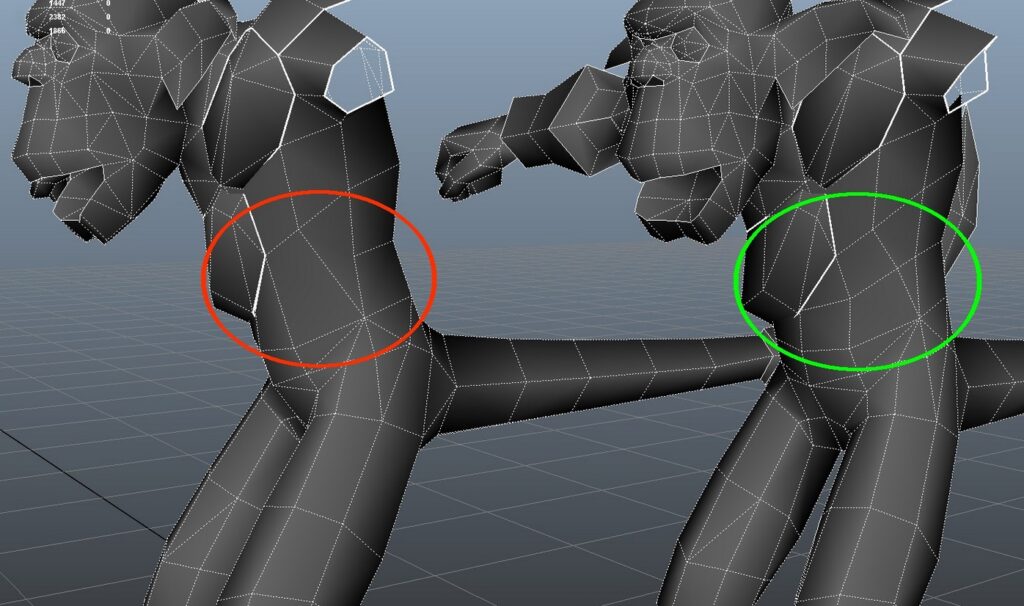
#4 Marketing
Even marketing and advertising haven’t escaped reliance on 3D modeling. In really simplified terms, ads are usually successful when they grab people’s attention and make people focus on their content. One of the easiest ways to stand out and ensure people focus is by adding CGI and animation to your ads. Many marketing firms see immense success in their new campaigns when they use 3D models, computer-generated graphics, and animation in their advertisements. That’s why a lot of marketing firms hire dedicated graphic designers.
#5 Researching
Research and development are one of the critical pillars of our modern way of life. Many developed nations dedicate a substantial amount of the government’s budget purely for research and development. Things that help us do research more effectively are essential, and one of the things that top that list is 3D modeling.
With 3D modeling, researchers can model their ideas, create interactive graphics, and much more. It helps to elucidate ideas between researchers and massively helps with the communication of those ideas between different researchers from varying fields. The tools make us better researchers, and they are becoming more and more critical to the profession.
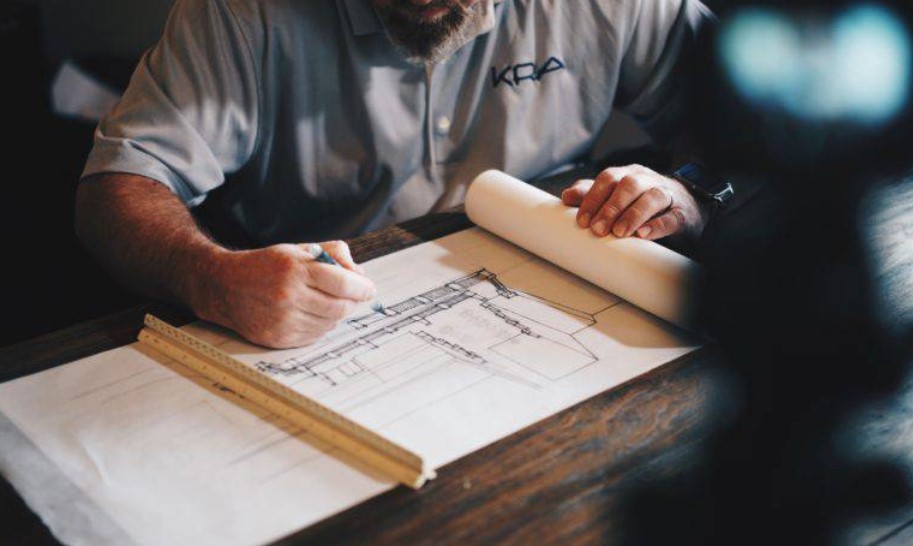
#6 Medical Advancements
Do you know that people nowadays, on average, live 20 to 30 years more than they did just a century ago? It is due to an explosion of medical research. Our understanding has massively improved in the last 80 years.
Nowadays, we have the basics of diseases, illnesses, and mental illnesses down. However, there’s still so much more to learn, and one of the indispensable tools to medical researchers whose job is to know more is 3D modeling tools. 3D modeling has been an essential tool for many frontiers in the medical profession, from modeling bacteria to cancer growth and brain activity. Without it, we wouldn’t have any hope of understanding many vital parts of the human body, how some diseases work, and how to cure them.
#7 Education
Reading this article, you should probably be familiar with the importance of 3D software as a means of communication by now. The same way it helps researchers and manufacturers communicate their ideas helps educators and teachers do so.
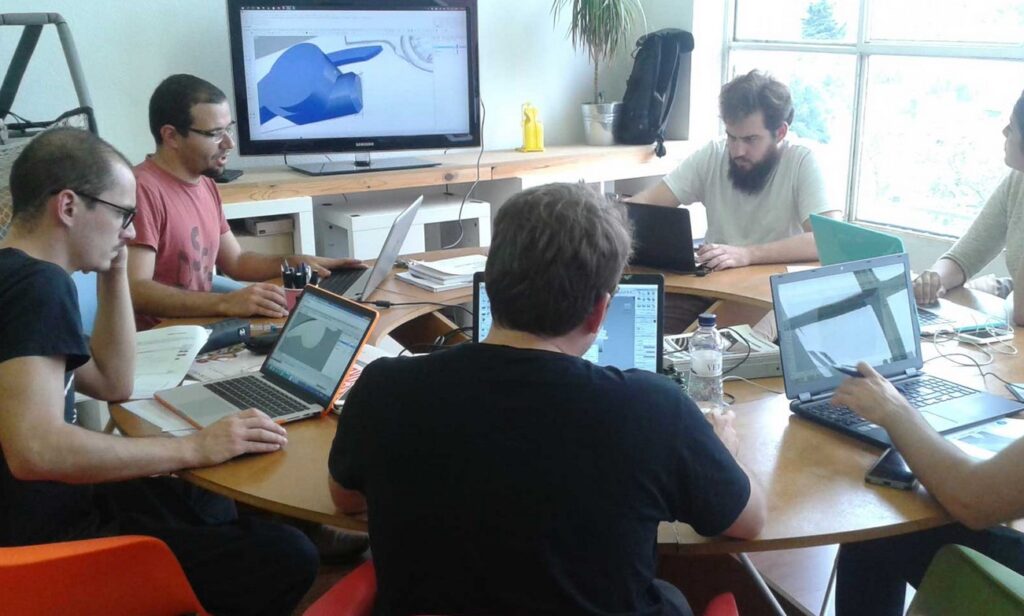
3D modeling, especially in interactive software, video tutorials, and pictures, has been helping educate our children for years, and they’re only going to become more prominent. More recently, there have been initiatives to allow every child to have a computer in classrooms across the developed world, which would be fertile ground for educators to use 3D models to educate the students about a variety of things. It could range from biology to geography and even history. The options are endless, and it is all thanks to the 3D modeling technologies we have.

